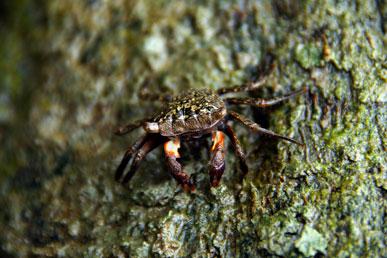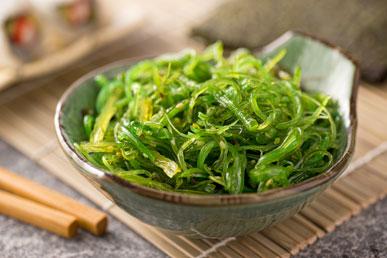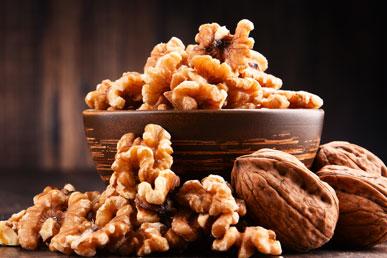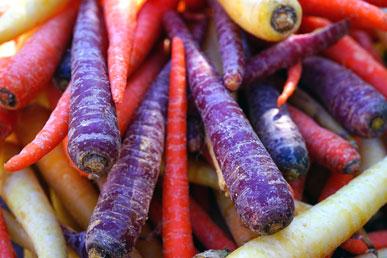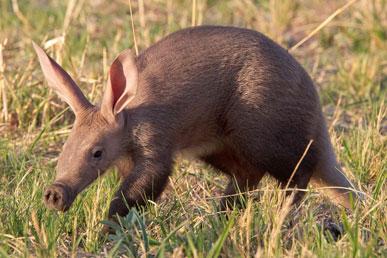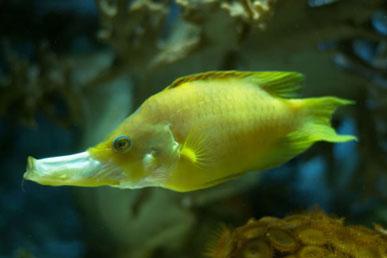Going to distant countries, we dream not only to enjoy the beauty of the azure sea, architectural sights and exotic nature, but also to get vivid gastronomic impressions.
Obviously, the brightest regions in this respect are countries with a tropical and subtropical climate, known for their bright, unique cuisine and a wide variety of exotic fruits.
The humid tropical climate gives rise to an incredible amount of delicious aromatic fruits of various shapes and sizes. But how to understand this exotic abundance? The answer is simple: you need to know "what", "how" and "with what it is eaten" in advance.
Longan


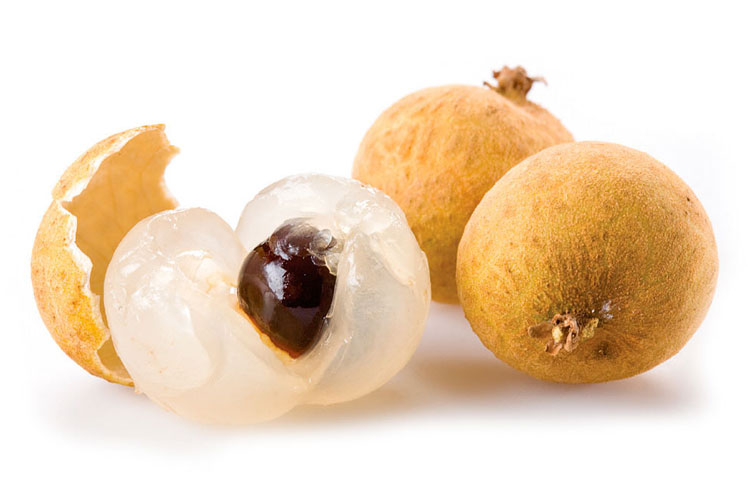
Longan (or Dragon's Eye) is an evergreen tree of the Sapindaceae family. Cultivated in China, Thailand, Taiwan, Vietnam and Indonesia for its edible fruits.
The color of the hard, inedible outer shell of the fruit is spotty yellowish to reddish.
The juicy pulp of the fragrant longan fruit has a peculiar sweet taste. Inside is a hard dark red or black seed.
The skin of a ripe fruit should be dense, without cracks. Longan is considered more ripe, which has lain down for some time after being removed from the tree.
Fruits contain a lot of sugar, vitamin C, calcium, iron and phosphorus, as well as many bioacids that are good for the skin. In Chinese folk medicine, the dried fruit is said to have a sedative effect.
Tamarind

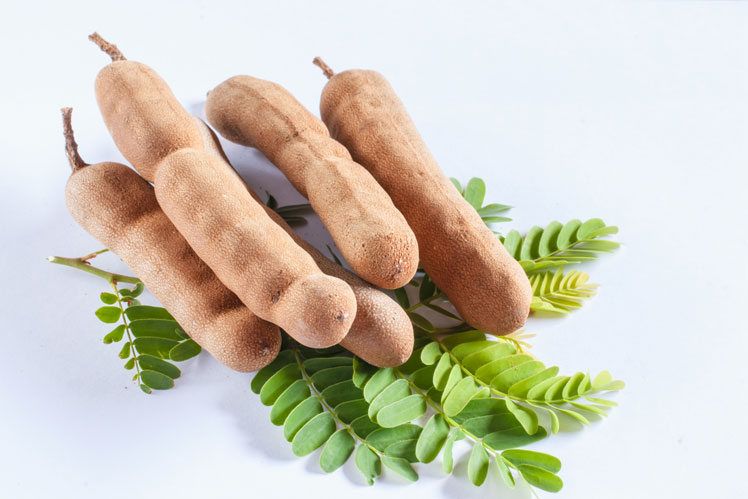

Tamarind (Indian tamarind, or Indian date) is an evergreen tree of the legume family (the only species of the genus Tamarind) up to 20 meters high. Its homeland is East Africa, including the dry deciduous forests of Madagascar. It grows wild in Sudan and in most of the tropical countries of Asia, where it got due to cultivation several thousand years before our era. Currently cultivated in the tropics of all continents.
The fruit of the tamarind is a brown bean about 20 cm long and 2–3 cm wide, consisting of a fleshy pericarp and many dense seeds. Seeds can be cut to promote germination.
The pulp of green fruits is very sour in taste and is used in the preparation of spicy dishes. Ripe fruits are sweeter and can be used to make desserts, drinks, and snacks.
Tamarind pulp is widely used as a spice in both Asian and Latin American cuisines. It is an important ingredient in the popular Worcestershire sauce and HP fruit sauce in the UK. Tamarind is an indispensable component of the cuisine of southern India.
Fruits contain organic acids, invert sugar, pectin substances. It is used as a mild laxative, especially for children, and the infusion is used as a refreshing drink for fever. Pectin is obtained from the pulp. The pulp, leaves and bark are also used in medicine.
Guava
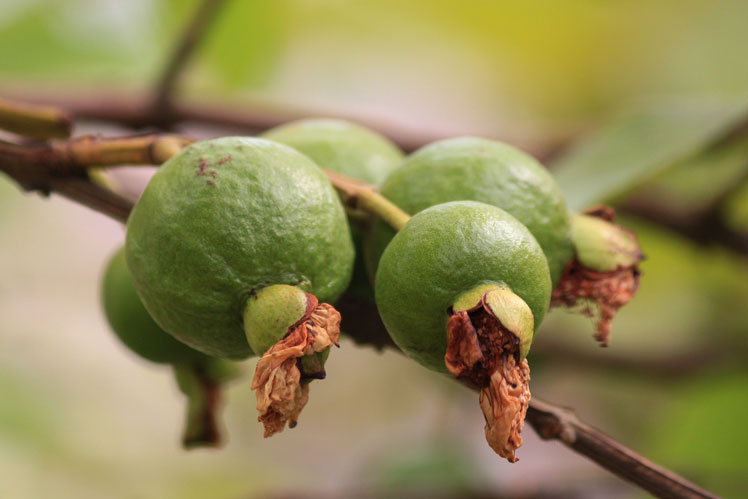
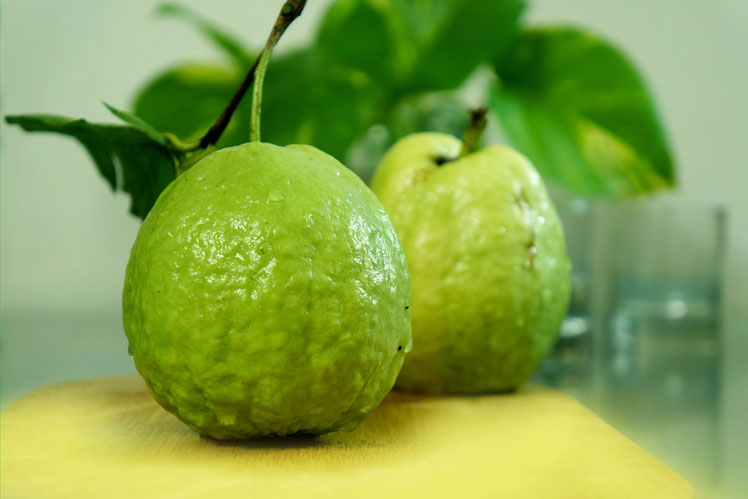

Guava (or Psidium) – a plant of the Myrtle family, includes about 100 species. Psidium species are small evergreen or semi-deciduous trees or shrubs, usually up to 3–4 meters high, but some can exceed 10 meters. The homeland of guava is America, from the tropical regions of Mexico to the northern part of South America. Grows in the tropics. However, some species have been introduced to Africa, India, Southeast Asia and Oceania.
Guava fruits are 4 to 12 cm long, usually round or oval. They have a pronounced pleasant aroma, reminiscent of the smell of lemon peel, but not so sharp. The rind can be thick and bitter, or it can be thin and sweet. Color from green to yellow and even burgundy. The pulp has a sweet or sour taste. The seeds can be very hard.
Guava fruits are widely used in nutrition (jelly, jams, juices) and in the manufacture of alcoholic beverages.
Star apple



Star apple (Kaimito, Kainito) is a fruit tree of the Sapoto family up to 20 meters high. The star apple is native to Central America. Currently cultivated throughout tropical South America, India, Indonesia, Malaysia, Vietnam, Tanzania, West Africa.
Kaimito fruits are round or ovoid, up to 10 cm in diameter, with a shiny green or purple-brown skin and juicy white flesh with a sweet taste. The fruit contains up to eight shiny dark brown seeds, located in gelatinous seed chambers, which form a characteristic star-shaped pattern on the cross section of the fruit. The fruits ripen in February-March.
The fruits are eaten fresh, and are also used to make juices and various desserts. The rind, which contains bitter milky juice, is inedible, so the fruits are usually cut in half and the pulp is taken out with a spoon.
Fejxoa




Feijoa (less often Akka Sellova or Akka Feijoa) – Large evergreen sprawling shrub or tree of the Myrtle family up to 4 meters high. This valuable fruit crop is cultivated in many regions of the world with a tropical and subtropical climate.
Currently, it grows in protected areas of the subtropical part of the Caucasus, in the south of Russia – in the Krasnodar Territory, Dagestan, as well as in the Crimea, Abkhazia, Armenia, Georgia, Turkmenistan, Azerbaijan, Australia, New Zealand, USA (on the entire Pacific coast and in the states Delaware, Maryland, Virginia and North Carolina), France, Italy (especially widespread in Sicily), Greece, Spain and Portugal.
The feijoa fruit is a large, fleshy, juicy berry with sepals lagging behind at the top, dark green in color. The shape of the fruit is from elongated-oval to wide-round and less often kubar-shaped, from 2 to 5 cm long, less often up to 7 cm, with a diameter of 1,5 to 3-4 cm, less often up to 5 cm, weighing from 15 to 60 grams, rarely – up to 105-120 grams.
The pulp of the berry resembles strawberries, pineapple and kiwi in aroma and taste. The seeds are surrounded by a white translucent acidic pulp. The peel varies from yellow-green and smooth to dark green and bumpy, sometimes with anthocyanin coating.
Feijoa fruits are used in cooking, preparing compotes, lemonades, preserves, jams and salads. After cleaning, it is ground and mixed with honey or sugar (no further preservation, ready to eat immediately) – one of the easiest ways to prepare. It is also used as a filling in baked goods and eaten raw.
Fruits are rich in sugars, organic acids, iodine. They are used in the diet of patients.
Jujube

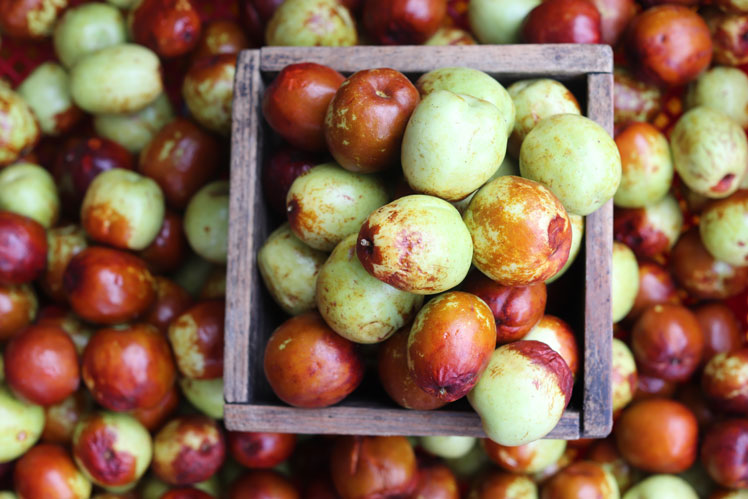

Real jujube (or Chapyzhnik, or Unabi, or Chinese Yuyuba, or Zhuzhuba, or Chinese date) is a thorny deciduous shrub or small tree of the Krushinovy family, 5–10 meters high. The plant has been cultivated in antiquity and is widely distributed in the countries of South and East Asia, in southern Europe (Mediterranean), in Japan, and Australia. It is also cultivated in the Caucasus and Central Asia.
About 400 varieties of Chinese dates are known. The fruits of cultivated varieties are very diverse in shape, color, sugar content, taste. As a rule, these are small round or ovoid, fleshy, smooth fruits that are first pale yellow, then red-brown. These are juicy drupes with very sweet, tasty and nutritious pulp.
The fruits of this jujube are rich in ascorbic acid, proteins, sugars, acids. They contain vitamins (vitamin A, vitamin B, vitamin C, b-carotene), amino acids, trace elements, fats, organic acids, sterols, coumarins, flavonoids, triterpenes and triterpene glycosides, isoquinoline alkaloids.
Ziziphus is considered a valuable medicinal and food plant, its fruits, as well as seeds and leaves are used in Chinese folk medicine. They have a calming, hypotensive, tonic, diuretic effect, the seeds have a sedative effect, tone up digestion.
Jujube is also used for the production of dietary supplements.
Marula



Marula (or Ethiopian Sclerocaria) is a single-stemmed deciduous dioecious tree of the Sumac family, reaching a height of 18 meters. Marula originates from the wooded regions of South and West Africa.
Marula can bear fruit up to twice a year before the rainy seasons March-April, September-October.
Ripe fruits have a thin yellow skin and white flesh, rich in vitamin C (it contains 8 times more in marula than in an orange). The pulp is juicy and tart, has a strong smell of turpentine.
Marula fruits are edible fresh and can also be used to make juices, jellies and alcoholic beverages (such as Amarula liqueur).
Seed kernels, rich in proteins and fats, are eaten, and also serve as raw materials for oil production.





